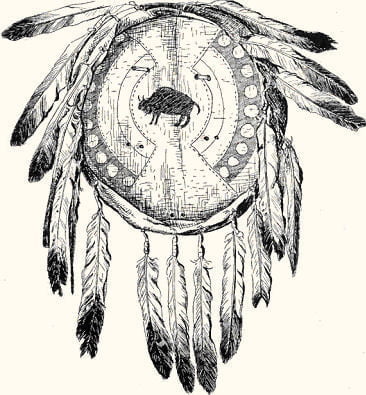

Under Emperor Augustus (63 BCE-14 CE), the Romans attempted to conquer a large area of Germania, but they withdrew after a major Roman defeat at the Battle of the Teutoburg Forest in 9 CE.

Roman authors first described Germanic peoples near the Rhine in the 1st century BCE, at the time the Roman Empire was establishing its dominance in that region. Most scholars view the Jastorf Culture (6th century BCE to 1st century CE) in what is now Denmark and northeastern Germany, as the earliest material evidence for the Germanic peoples. Other scholars have defended the term's continued use, arguing that a common Germanic language allows us to speak of Germanic peoples regardless of whether they saw themselves as having a common identity. Some scholars call for its total abandonment as a modern construct, since lumping "Germanic peoples" together implies a common group identity for which there is little evidence. The very concept of "Germanic peoples" has become the subject of controversy among modern scholars. In discussions of the Roman period, the Germanic peoples are sometimes referred to as Germani or ancient Germans, although many scholars consider the second term problematic, since it suggests identity with modern Germans. The Romans named the area in which Germanic peoples lived Germania, stretching East to West between the Vistula and Rhine rivers and north to south from Southern Scandinavia to the upper Danube. Since the 19th century, they have traditionally been defined by the use of ancient and early medieval Germanic languages and are thus equated at least approximately with Germanic-speaking peoples, although different academic disciplines have their own definitions of what makes someone or something "Germanic". The Germanic peoples were a historical group of people living in Central Europe and Scandinavia. Roman bronze statuette representing a Germanic man with his hair in a Suebian knot


 0 kommentar(er)
0 kommentar(er)
